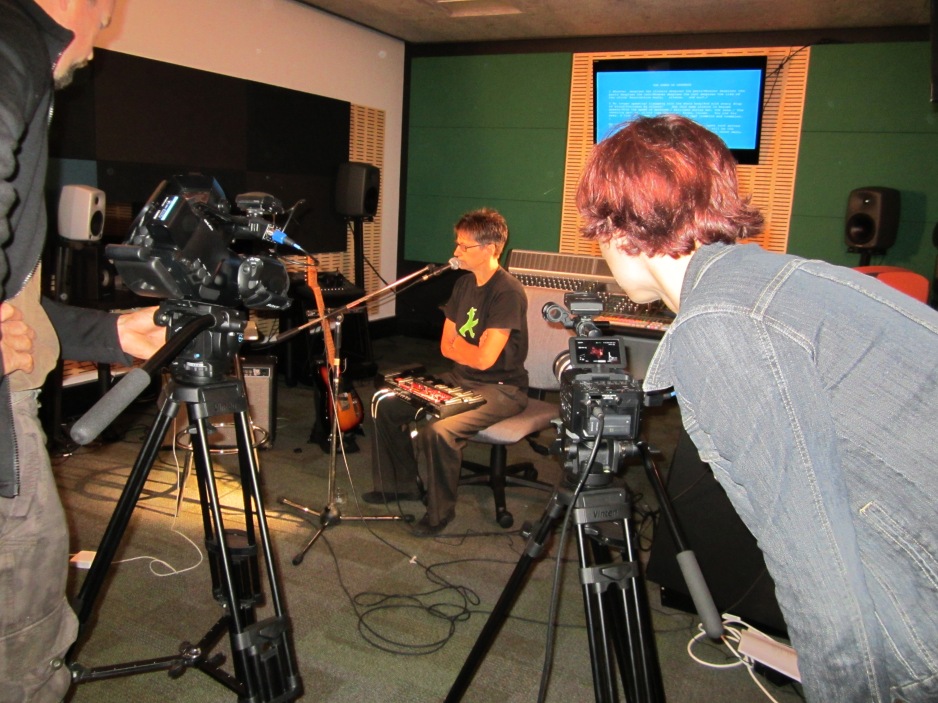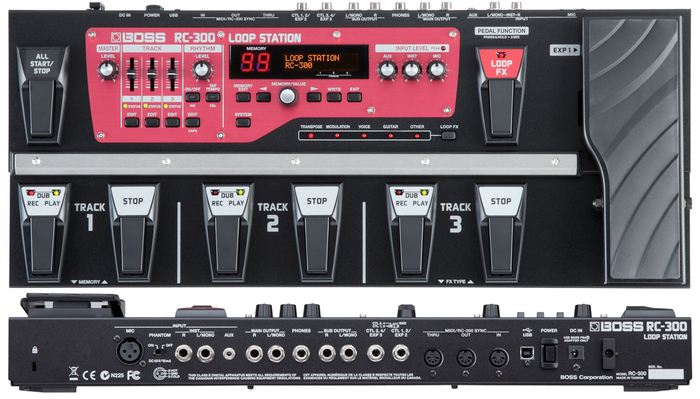Muriel Rukeyser was an activist, poet, Jewish woman who lived in New York and wrote during the 1930s. This year is the centenary of her birth and a year in which Marian Evans, a New Zealand writer, activist, film-maker, is writing a play based on some of Muriel's poems.

photo by Marian Evans
I have written 2 songs, one from a stanza in the poem The Speed of Darkness and one is a response to the complete poem Then. For previous background on my foray into the play and the links of the plays themes with events in my personal life, check my first blog here.
It was an honour and delight to meet Anne Herzog, Janet Kaufman (editors of The Collected Poems of Muriel Rukeyser), Elisabeth Daumer, Chelsea and De Ce Rouseau via Skype at the Muriel Rukeyser Symposium at Eastern Michegan University. We had a discussion which included questions based on initial response to the songs. This was a good starting place for me to outline here what has informed the songs thus far.
In response to the song excerpt from The Speed of Darkness, I was asked about the inclusion of gargling,throat-clearing sounds at the beginning of the piece.
I have been thinking about what the sound palette for the play could be - given that it has a small cast of four women and is set largely in a radio studio. Marian gave me plenty of material to help with my decision-making - the scripts in progress, an interview with Muriel Rukeyser, a film about rivers and river pollution issues in New Zealand (a theme of the play) and many of Muriel's writings.
She also gave me permission to think as broadly as I wanted - to not feel limited by the play as it currently is - but to allow the poems to speak musically to me in any form I wished. This was a great gift, and has allowed me the freedom to explore in any direction I wish. I have, however, thus far, felt the need to focus on the sound elements that feel obvious (given the thematic content of the poems and the play).
So here is the initial sound palette:
1. Voice - the title of the play gives it away - Throat of These Hours - and Muriel's question in the context of her poem - "Who will be the throat of these hours?". The play explores two women who, for various reasons have struggled with their art-making...Meredith has long since given up on writing poetry, and Tina is trying to discover her own voice through following the writings of Muriel and setting them to music.
The throat - the sounds of the throat can be many and varied...and can communicate a variety of emotions - the feeling of constriction, of not being able to speak/communicate - throat clearing, trying to make a way through obstacles.
Even the act of sighing and iterations of the breath can give signals as to the state of mind of the communicator - the body in the act of communicating, or trying to...
As this is a central theme in the play, and seemed to be a theme in Muriel's own writings, I thought it is an obvious instrument. Its use in the presentation recording isn't as subtle as it could be in the context of the whole play.
I think now of the film The Sixth Sense, and in watching a documentary about the film. In terms of sound design, the breath was used in layers - many many layers...human breath, animal breath - sometimes pitch shifted and slowed down - always running almost as if in the subconscious of the film - creating an undercurrent signal of the afterlife.
2. Water - another theme to the play - water pollution. Two ways of incorporating this into the palette so far - the obvious one of water sounds, hence the gargling at the beginning of The Speed of Darkness excerpt. I also thought of the character of water in my approach to the composition of Then. Water flows, splashes, agglomerates, creates channels, and falls. With this energy in mind, I created parts in Then which built on each other using a loop station.

The loop station enables me to create harmonies, to create and change chords and to reintroduce parts that have been sung earlier in the piece. I was also able to reverse sung parts and it was heartening to read of Muriel's love of music and of the sound and meter of words being important, so I think she would've enjoyed this play with structure and looping (repetition) and re-sounding of her lines. As she says here:
"People ask me why I don't rhyme and I find it impossible to answer. Because I rhyme, and go beyond rhyme. The return once is not enough for me. I will carry a phrase through. Or a sound, that may not be at the end of the lines, but I try to carry any sound that is important in the poem so that it comes back many times. I find returns very romantic things . I love the coming back at different times of all things, including sounds, including words". (from The Craft of Poetry Interviews from The New York Quarterly 1974. William Packard - Editor)
"The phrase in a different position is new, as has been pointed out by many poets. But I think I use this as other poets use rhyme. It's a time-binding thing, a physical binding, a musical binding, like the recurrence of the heartbeat and the breathing and all the involuntary motions as well. But in a poem I care very much about the physical reinforcement, the structure in recurrence". (from The Craft of Poetry Interviews from The New York Quarterly 1974. William Packard - Editor)
Again, reading this after having been working on the composition of Then was very affirming. The connection Muriel has with energy and flow and her view of words being almost as physical entities gave extra power to musical possibilities - especially when considering the musicality as reflecting the environment, and in particular, the energy of the river.
3. Radio signal / electricity - another possible addition to the palette is that of electrical sound. Given that the play is set in a radio station and my current readings regarding the make up of the body, and the relationship between electricity and water in regards to hydro-electric dams, this seems to be a great fit.
Great for me also as playing with feedback tones can be both unpredictable and very evocative in tones. Here is a short sketch example of play with feedback (and also what probably was an unbalanced teapot).
There is more immersing of the work and ideas of Muriel Rukeyser to be done, as well as working alongside Marian in the development of the play. I will address the musical influences thus far in another blog to come soon.



No comments:
Post a Comment